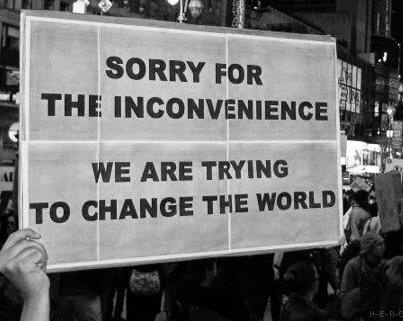There is no love where there is domination.
~ bell hooks
CN: Rape Culture, Trauma, Assault
.
.
.
.
.
In the wake of what is coming to light through social media- and in our own awareness- the conversation about building a culture of consent holds extra weight.
Once we have, en masse, recognised that there is indeed a widespread problem, and this problem is not about sex addiction, or ‘boys being boys’, what then? Where do we go from here? How do we move from triage— where we support the victims and hold the perpetrators accountable— and start to address the root causes of the problem that is so widespread it has affected every single one of us?
“Rape Culture”.
This is provocative language. There are very few things that can happen to you worse than rape and this conversation is not about diminishing that. We need to listen to the people who have been victims of sexual assault and we need to support them to heal, and we need to prevent their abusers from hurting again. But the term “rape culture” is holding many of us back from seeing the bigger picture.
When we use a term that describes an aggressive non-consensual sexual act, we limit the conversation, because we blind ourselves to the micro-aggressions, to the ingrained ways that each of us contributes to something that feeds into this culture that is void of Consent.
When a person is raped, their sovereignty and autonomy is ignored. Another person’s will becomes dominant over them, regardless of their desires or needs. But rape is not the only place where this happens. This happens every single day, to most of us, and much of the time it has nothing to do with sex.
The problem isn’t rape. Rape is a symptom of the problem. And— rape isn’t about sex. Rape is about power. The problem is that human beings have come to believe they have the right to hold power and dominate over other human beings.
At some point we, as a species, developed a culture of dominance in order to survive. Maybe we’d been hurt. Maybe there was a scarcity of resources. Perhaps we suffered mass trauma from some global cataclysmic event that led us to create social dynamics of absolute power structures. And over the many generations, this survival strategy has become our default.
Some may call this Patriarchy, or even Kyriarchy. You may hear it referred to as colonialism or imperialism. I call it Dominance Culture.

Not to be confused with the term “dominant culture”, although right now in our world it is the predominant culture: Dominance Culture is the Roman Empire stretching across Europe and destroying indigenous cultures to replace with its own; it’s the residential school system of Canada that was part of a cultural genocide, and the internment of Japanese-Canadians in the 1940s; it’s the imperialistic attitudes that continue today, wherein social circumstances award social privilege. It’s racism, sexism, and ableism.
It’s your employer not letting you sit down during your eight hour shift doing retail, even though your back and your feet hurt. It’s the man on the bus groping another man’s ass, and the woman at the spa saying derogatory things about her friend who couldn’t afford to go. It’s pushing someone out of the way in the line up for boxing day sales. It’s the activist who chastises others for their lack of education about an issue- without realizing that not everyone has had access to education.
It’s a person thinking that bullying an alleged abuser is going to help them heal from their own abuse or somehow give them back their power. It’s the politician who ignores the voices of the people who voted for them, and decides to dictate to them what’s in their ‘best interest’ without bothering to go through a process of informed consent.
It’s also playing small so as not to draw negative or unwanted attention: at work, at a club, biking to school, or at a family gathering. It’s believing that the only way to restore our power after loosing it is to hold on to, and weaponise our identities as victims.
Trauma not transformed will be trauma transferred.
~ Ashley Judd

Let’s be clear: your anger is valid. Your anger needs to be heard. Aggression is different from anger. Aggression is when we channel our anger in to trying to achieve power and dominance over a situation, over-riding the autonomy of others. Anger needs to be heard, and to open the door to healing.
If we don’t resolve our trauma, we end up transferring it. Perhaps indirectly, or perhaps directly. Maybe intentionally, or perhaps unintentionally. We are the products of humans adapting generationally to every increasingly complex levels of trauma– all born from a social script that overrides individual sovereignty, and disregards the holistic nature of being in relationship with all things.
What are every day things we can do to combat Dominance Culture in ourselves? This is the conversation we invite you to engage in.
How can we dismantle the systems of dominance, and embrace organisational structures in our work and community groups where leadership is shared, not hoarded?
How do we form circles of accountability?
How might each of us heal our own wounds, and find greater spaces of empathy and compassion to engage from, so that we are not perpetuating further hurt?
How can we empower everyone to feel strong in their own voice?
How do we step out of a culture of Dominance and into one of Consent?







 Calling In is a process, one that begins with a conversation, and requires support and follow up for everyone involved.
Calling In is a process, one that begins with a conversation, and requires support and follow up for everyone involved. OFFER SPACE FOR CLARIFICATION QUESTIONS, ACTIVE LISTENING, AND SUPPORT
OFFER SPACE FOR CLARIFICATION QUESTIONS, ACTIVE LISTENING, AND SUPPORT





